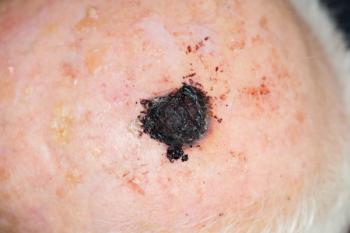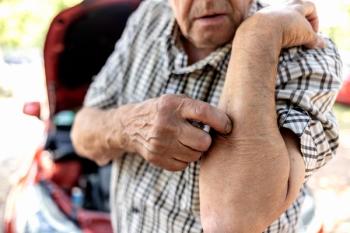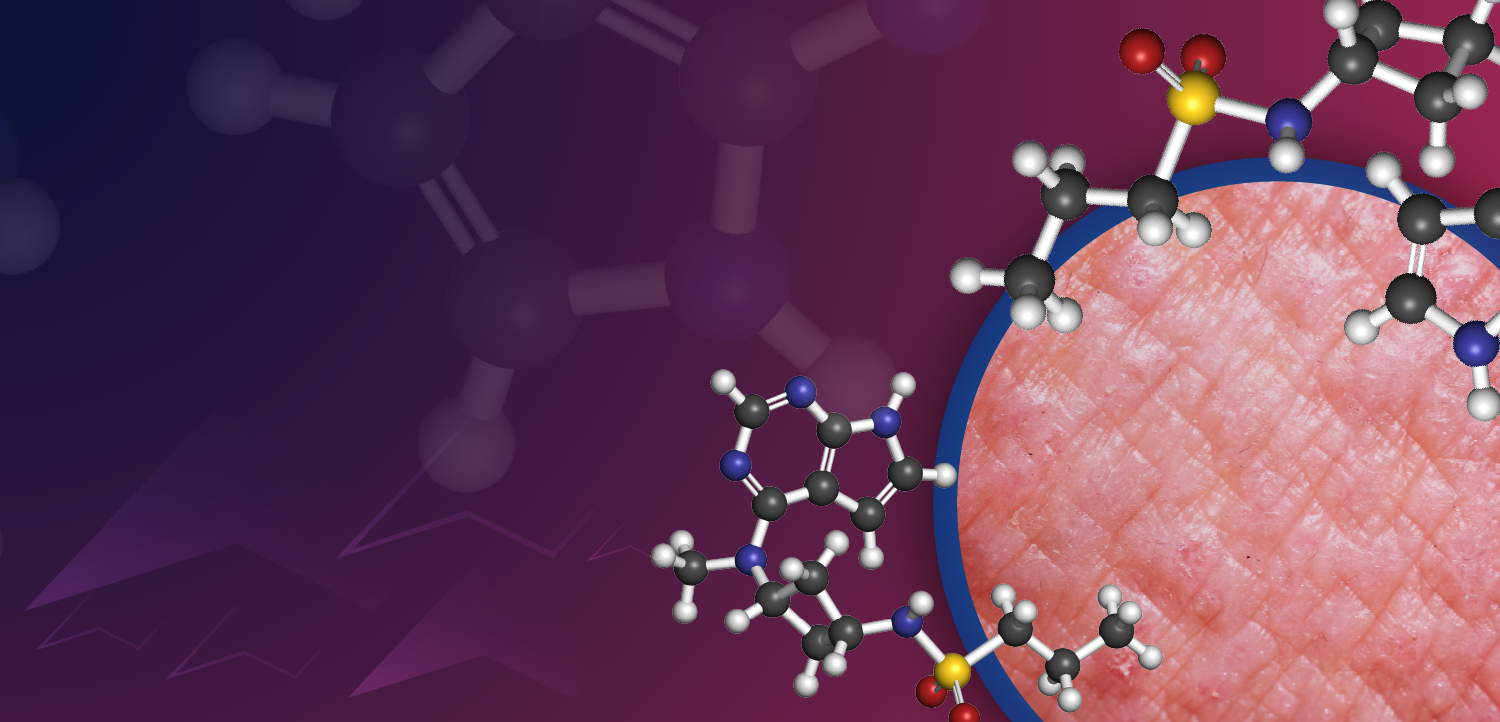
Tapinarof Extends Symptom-Free Periods in Patients with AD
Key Takeaways
- Tapinarof cream maintained low disease activity in AD patients for an average of 79.8 days post-treatment.
- The study reported 84% of participants had mild disease at the end of the treatment-free interval.
The ADORING 3 study demonstrated that tapinarof cream 1% maintains low disease activity in patients with AD for an average of 79.8 days post-treatment.
While many topical treatments provide temporary relief for atopic dermatitis (AD), disease recurrence upon discontinuation remains a significant concern. A new analysis of the
Study Design and Objectives
The ADORING 3 trial, a 48-week open-label, long-term extension study, assessed patients who achieved complete disease clearance (Validated Investigator Global Assessment for Atopic Dermatitis [vIGA-AD] = 0) after treatment with tapinarof. These individuals discontinued treatment and were monitored for maintenance of disease control. Patients whose disease returned to mild or greater severity (vIGA-AD™ ≥ 2) were eligible for retreatment.
The primary objectives of the study included evaluating the duration of disease control in treatment-free intervals and assessing itch severity using the Eczema Area and Severity Index (EASI) and Peak Pruritus Numerical Rating Scale (PP-NRS).
Key Findings
Results indicate that, following discontinuation of tapinarof cream, patients maintained low disease activity for a mean of 79.8 consecutive days. At the end of this treatment-free interval, researchers reported 84% of participants had a vIGA-AD score of 2 (mild disease), with a mean EASI score of 3.4 (±3.2) and a mean weekly PP-NRS score of 2.9 (±2.2), suggesting sustained symptom relief.
Jonathan Silverberg, MD, PhD, MPH, a principal investigator of the study, noted, "For patients with atopic dermatitis, the benefits of many topical treatments are often short-lived, and for some patients, their disease rapidly reappears after taking a break from topical treatments." He further emphasized, "As a physician, I’m encouraged that at the end of a break from treatment with [tapinarof] cream, patients’ AD remained mild. I’m excited to see these data support the use of [tapinarof] cream to potentially provide lasting results for itch, which is the universal and most burdensome symptom of AD."
Safety and Tolerability
According to a release from the company, Organon, tapinarof cream demonstrated a favorable safety profile. The most common treatment-emergent adverse events (TEAEs) included folliculitis (12.1%), nasopharyngitis (6.9%), and upper respiratory tract infections (6.9%). Discontinuation rates due to adverse events were low (2.6%). Events of special interest, such as contact dermatitis and headache, were mostly mild or moderate and associated with low discontinuation rates (0.4% and 0%, respectively).
Clinical Implications
The durability of disease control and extended treatment-free intervals observed in the ADORING 3 study highlight tapinarof cream’s potential to shift the treatment paradigm in AD management. Unlike conventional therapies that require continuous application, tapinarof cream offers prolonged remission periods, reducing the need for frequent retreatment. This characteristic may improve adherence and overall patient satisfaction.
Juan Camilo Arjona Ferreira, MD, head of research and development and chief medical officer at Organon, stated, "These data reinforce the efficacy of [tapinarof] cream in atopic dermatitis, including the durability of effect among patients in the study, including children as young as 2 years old. Knowing the profound impact that AD can have on the lives of patients, and oftentimes their caregivers, the possibility to receive over 2 months of relief without needing to reapply treatment is meaningful and speaks to our mission of creating a healthier every day.”
Conclusion
The ADORING 3 study provides compelling evidence that tapinarof cream, 1% once daily, facilitates disease clearance in AD patients while allowing extended treatment-free intervals with maintained low disease activity. Given its efficacy and safety profile, tapinarof represents a promising non-steroidal option for AD management, offering patients an opportunity for sustained relief from symptoms with intermittent treatment.
Stay tuned to Dermatology Times’ conference coverage this week for an exclusive interview with study investigator, Linda Stein Gold, MD, as well as more late-breaking data.
References
- New analysis of Organon’s VTAMA® (tapinarof) cream, 1% phase 3 data shows atopic dermatitis disease activity remained low after treatment-free interval in adults and children 2 years of age and older. News release. Organon. Published March 8, 2025. Accessed March 8, 2025.
https://www.organon.com/news/new-analysis-of-organons-vtama-tapinarof-cream-1-phase-3-data-shows-atopic-dermatitis-disease-activity-remained-low-after-treatment-free-interval-in-adults-and-children-2-years-of-ag/ - Silverberg J, Bissonnette R, Stein Gold L, et al. Tapinarof cream 1% once daily: Maintenance of low disease activity including pruritus through end of the treatment-free interval in a long-term extension trial in patients down to 2 years of age with atopic dermatitis. Poster presented at the American Academy of Dermatology Conference 2025. March 7-11, 2025. Orlando, Florida.
Newsletter
Like what you’re reading? Subscribe to Dermatology Times for weekly updates on therapies, innovations, and real-world practice tips.


















